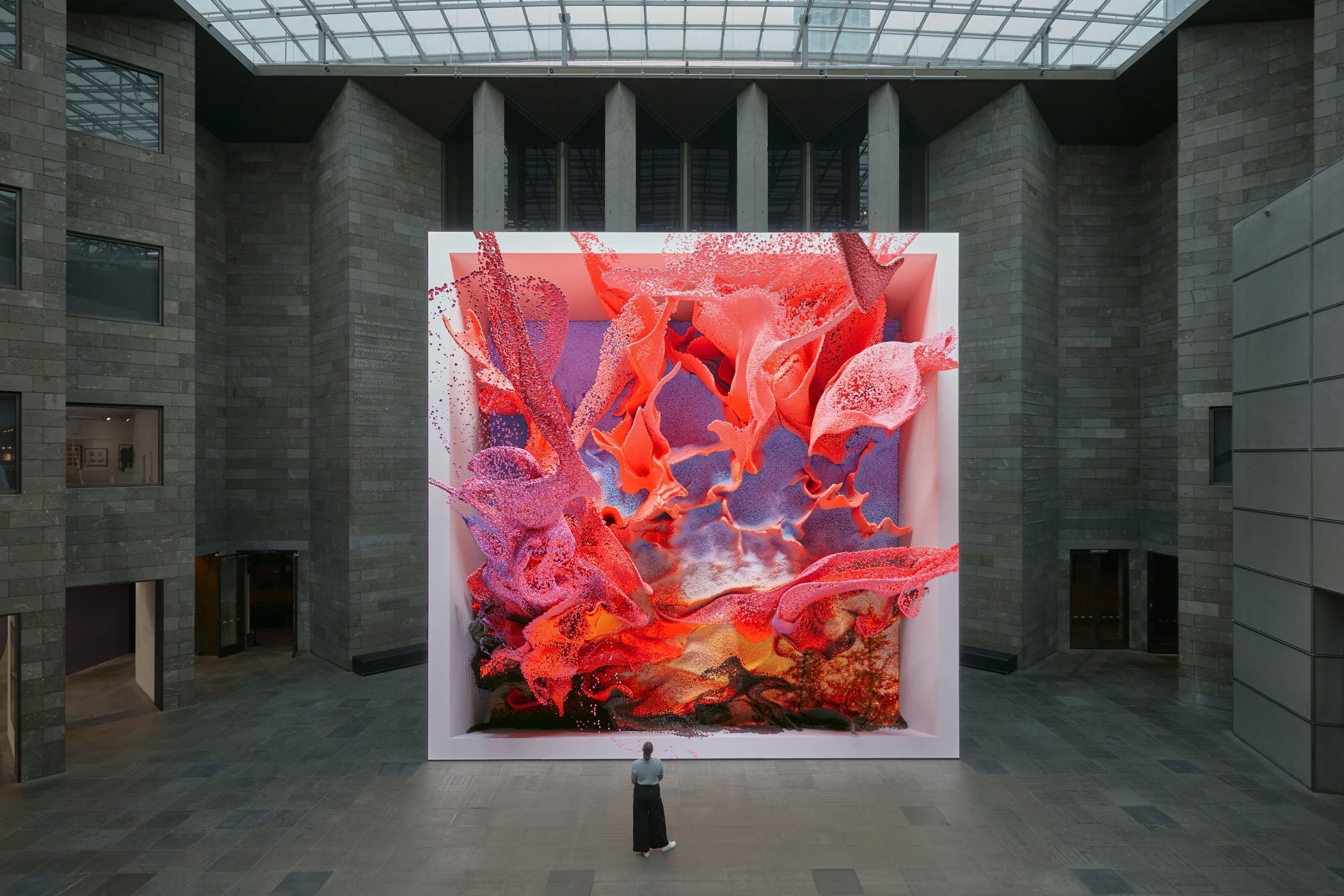
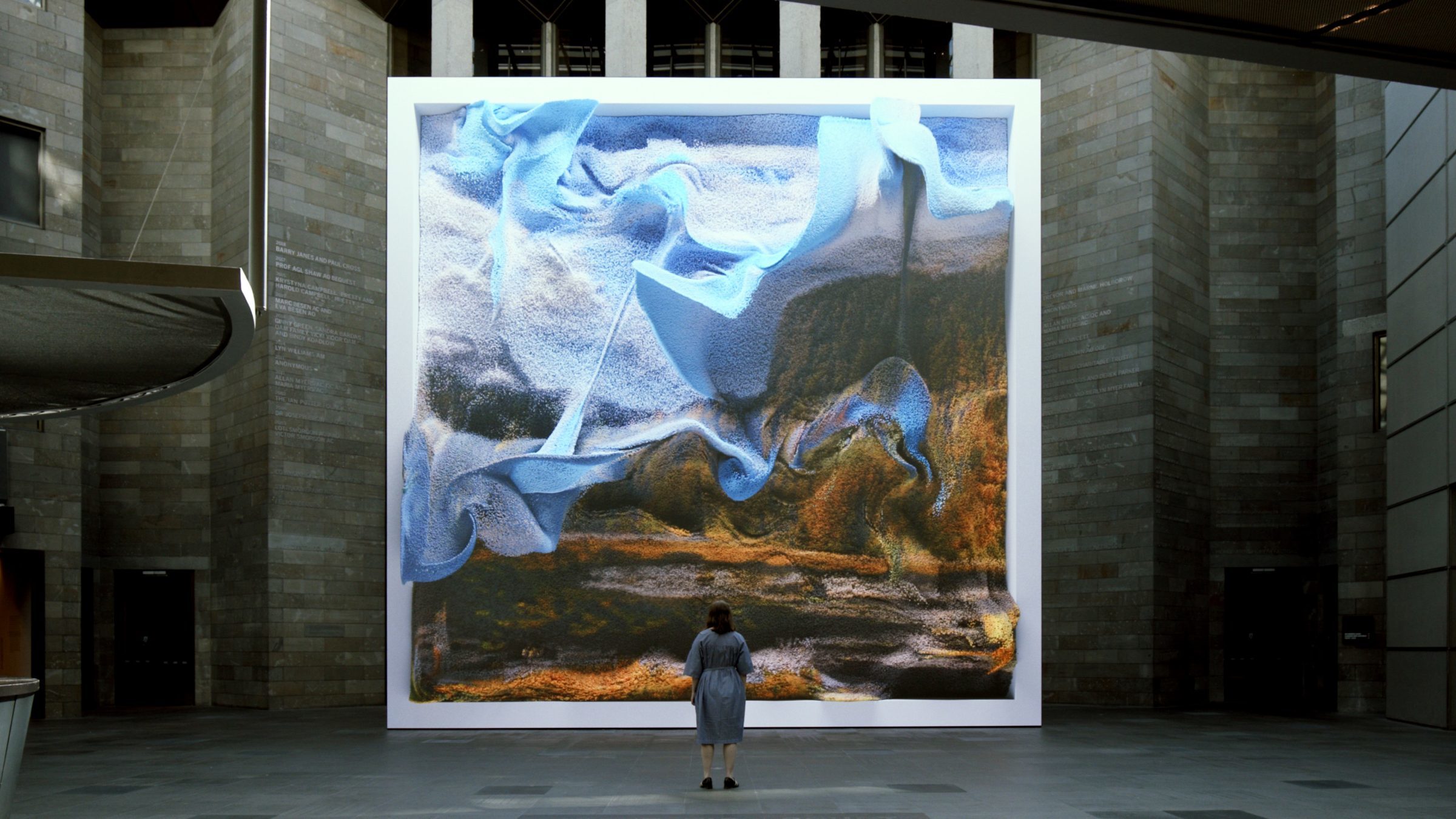
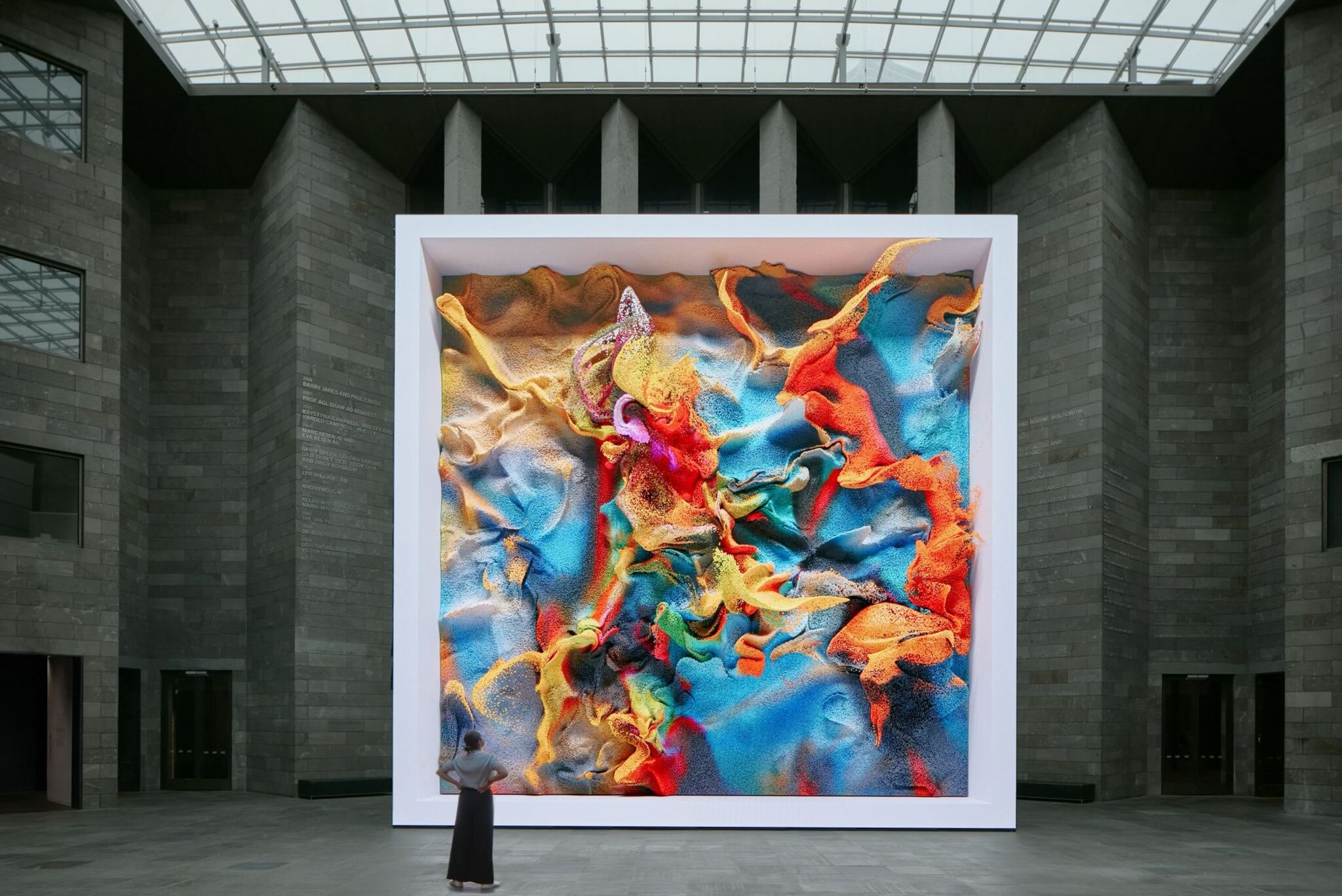
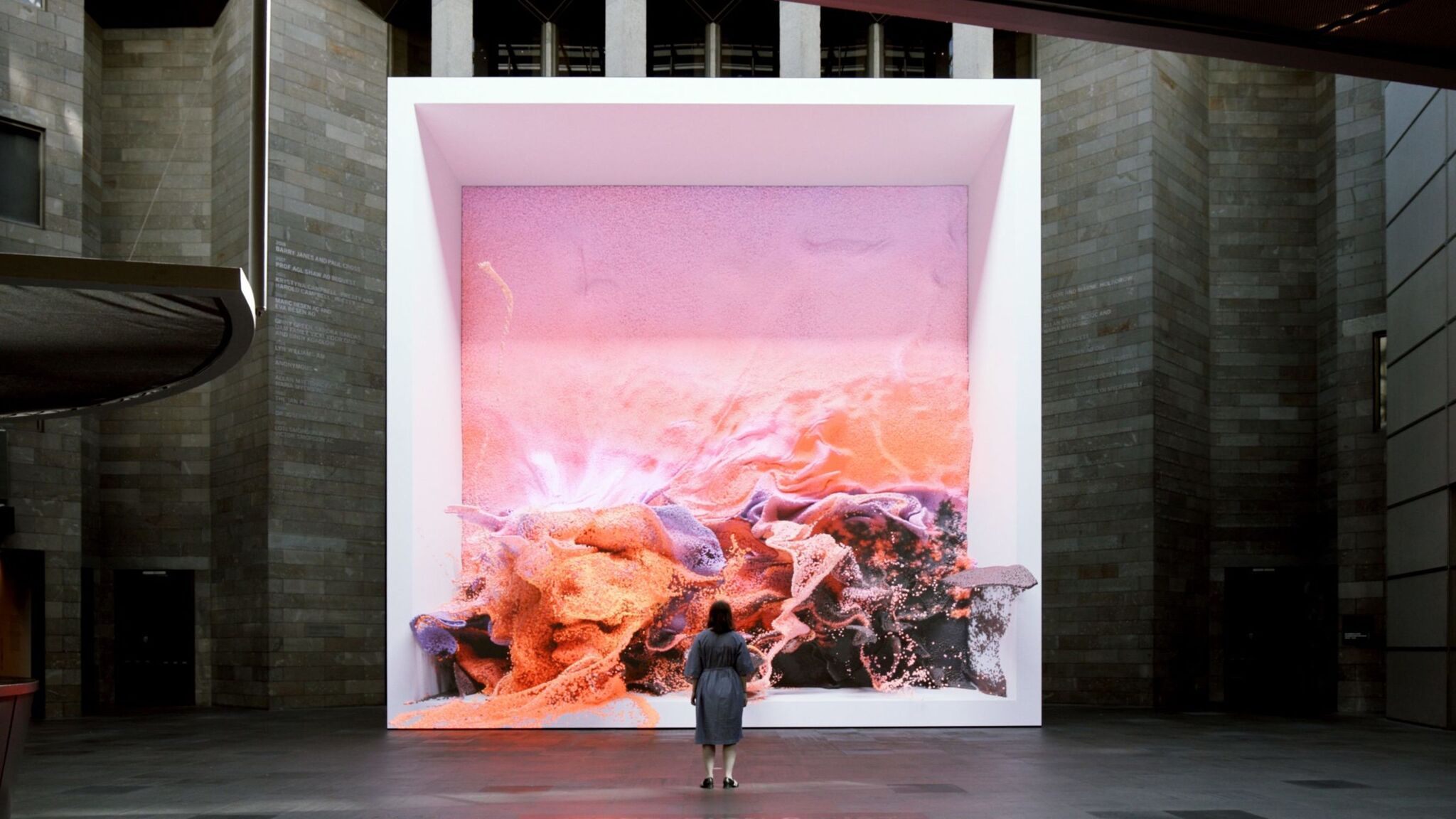
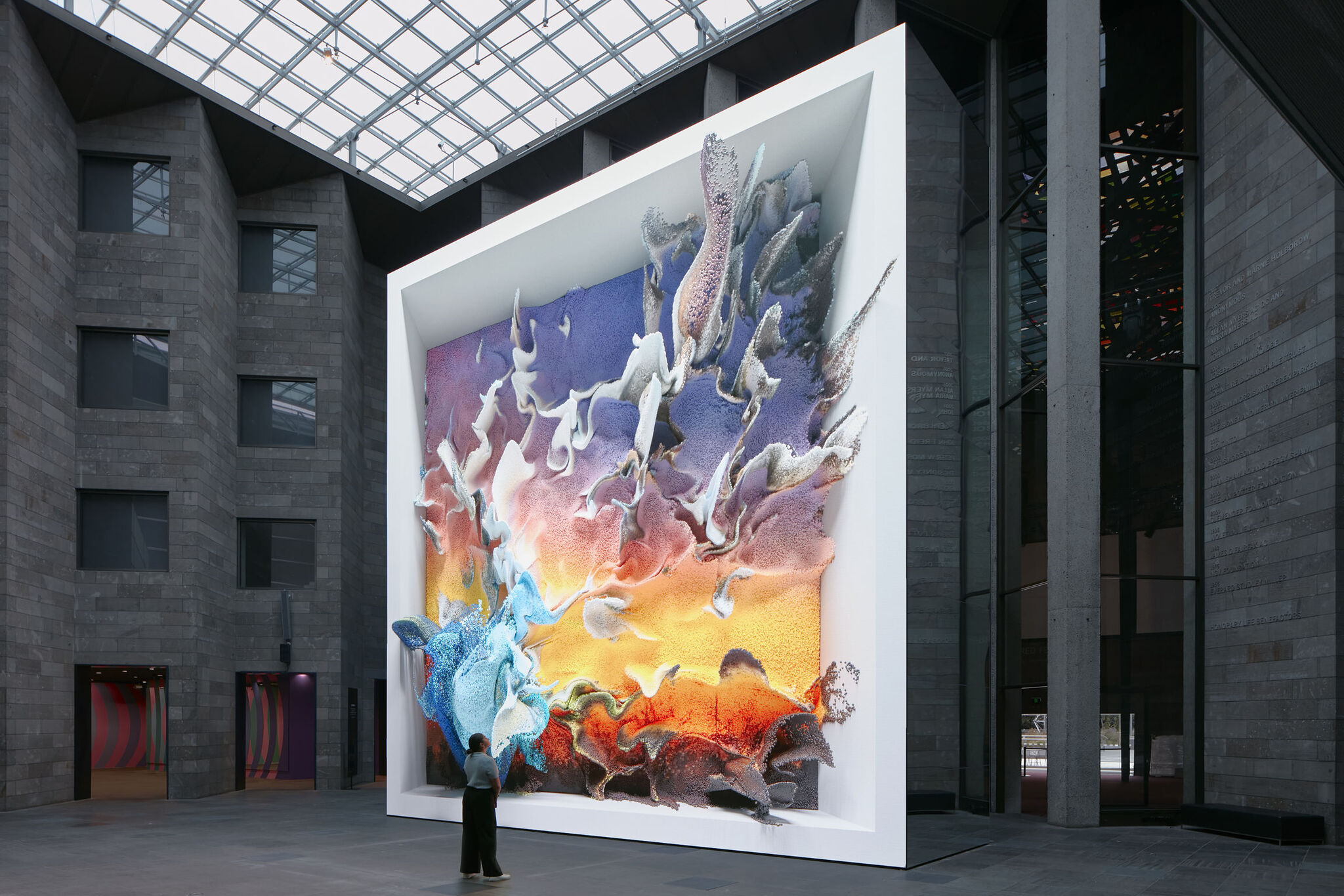
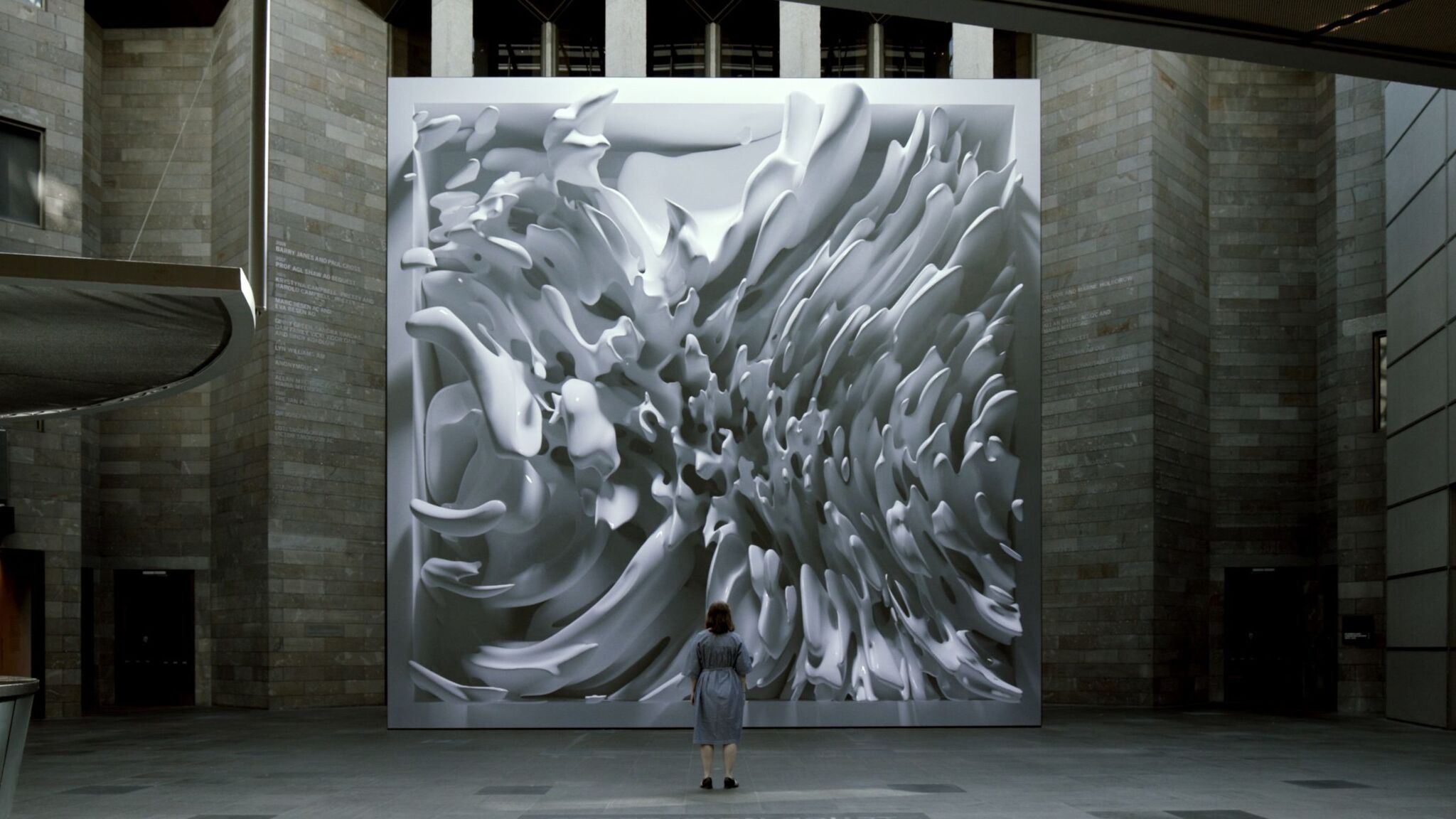
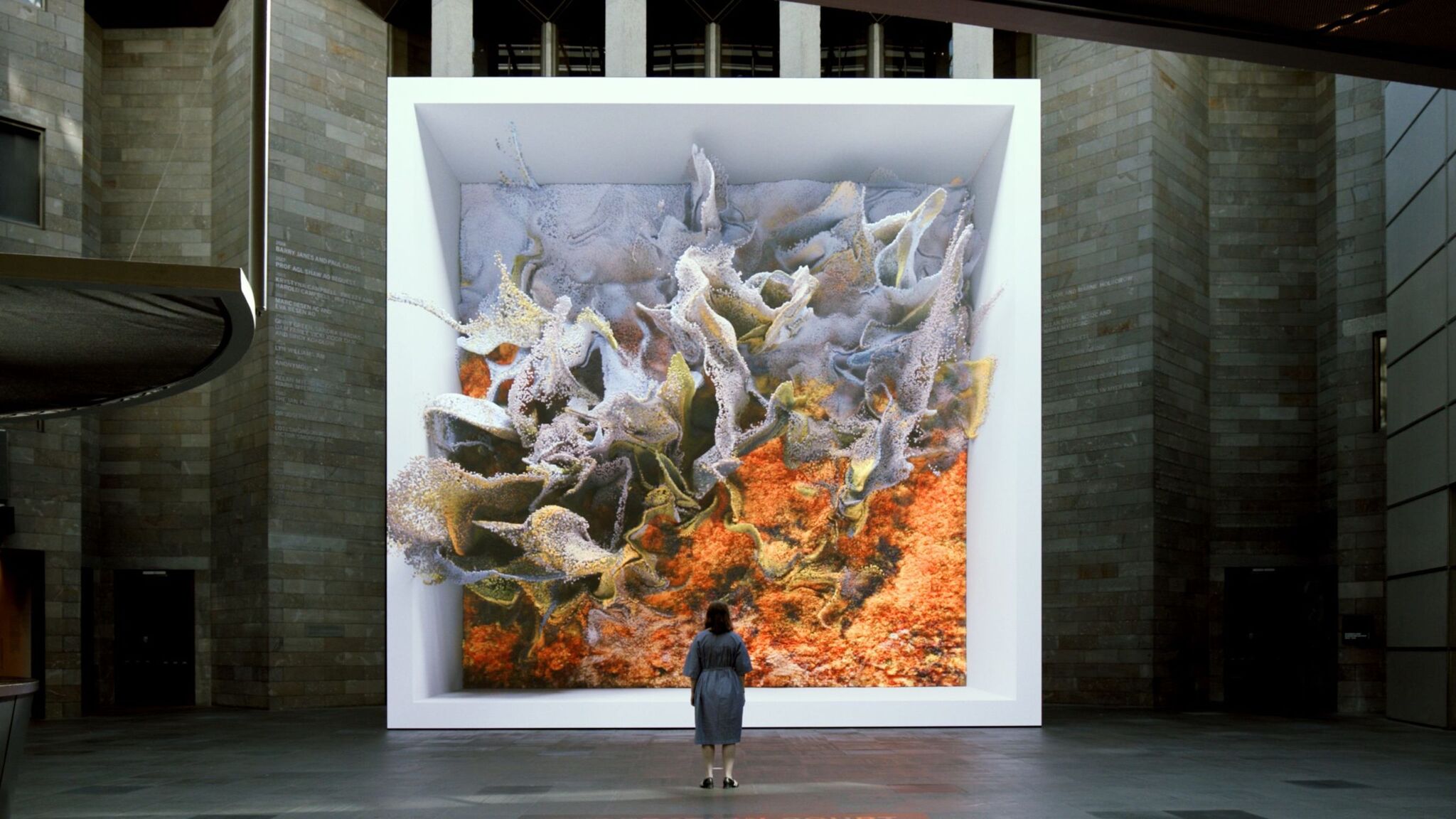







Quantum Memories
Data sculpture
National Gallery of Victoria
Quantum Memories is an AI data sculpture at the intersection of architecture, machine learning, the aesthetics of probability, and Google AI Quantum experiments, exhibited on the largest LED screen that the National Gallery of Victoria has deployed to date. It gathers more than 200 million publicly available nature images to train a GAN AI algorithm. By encouraging the audience to imagine the opportunities that quantum computing presents for the future of digital art, and proposing the possibility of “post-digital architecture,” it offers a new way of sensing space and translates the logic of new media technology into spatial design.
Client / ManufacturerDesign
National Gallery of Victoria
Melbourne VIC, AURefik Anadol Studio
Los Angeles, USDate of Launch
2020
Development Time
up to 12 months
Target Regions
Australia / Oceania, Specific country/region: Shared virtually and globally
Target Groups
Consumer / User, Other target groups: General Public / Museum Audience, Specific sub-group: Social Media users, digital art enthusiasts